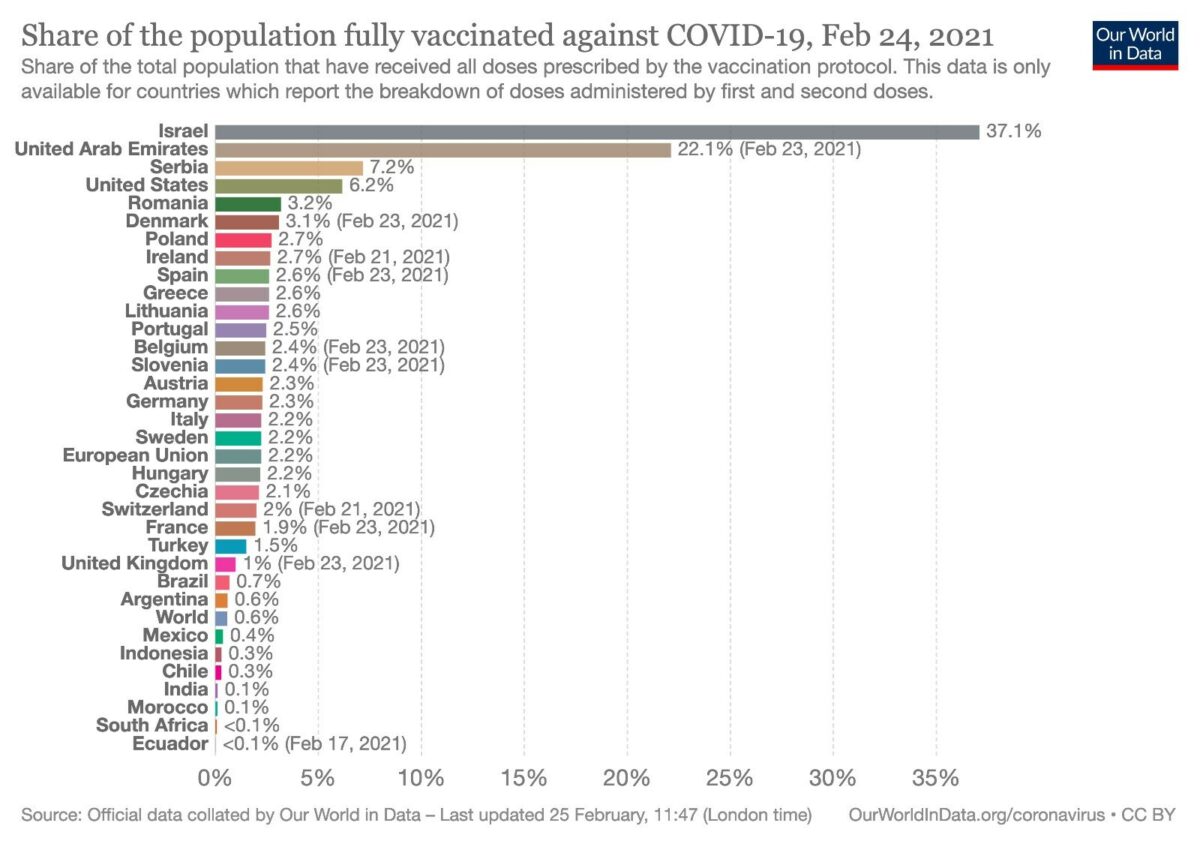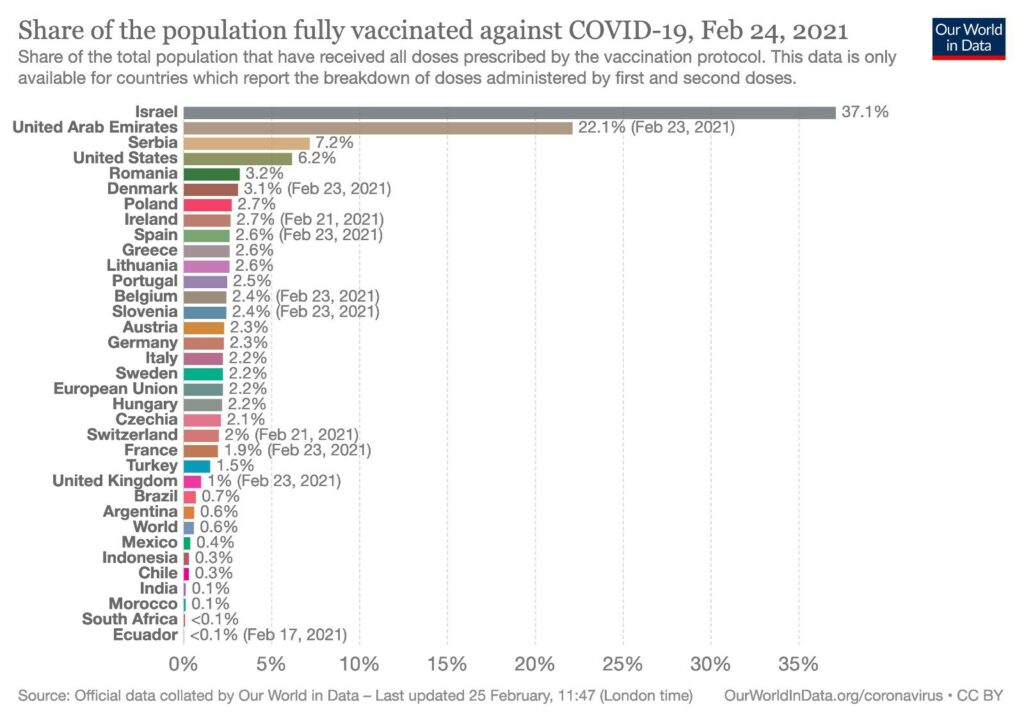
As intricate as the issues of state politics are, the matters of international relations certainly outrank them in complexity. Historical development and geographic location have a large bearing on the international relevance of a state, as do its current political and economic powers. However, the parameters that measure these factors are not always obvious, nor do they lend themselves easily to calculations and scaling. As an example, we have Serbia—in many respects a “Third World” country (primarily because of the way it is politically and economically treated)—which, in a crisis like the coronavirus pandemic, has succeeded to provide access to the COVID-19 vaccine, one of the currently most valuable global resources, and to obtain an amount far larger than one would reasonably expect, given the country’s strength and global significance. How was this possible and how did it happen?
There are several reasons for this situation. The first has to do with the historical space occupied by Serbia. This is different from the geographic space, but it relies on it. This space seems clearly marked out, however, if we acknowledge that Serbia was once an integral part of Yugoslavia (as its largest republic and home to Belgrade, the capital, and all government institutions), its historical space is much wider. It is within this space that, after the Second World War, interested parties determined how Yugoslavia, and later Serbia, would behave. In the process of conforming to these expectations—and at times opposing them—a special identity was built, which gave Yugoslavia a unique international role, reflected in the somewhat threadbare phrase “the bridge between the East and the West.” And no matter how much contemporary postmodern narratives attempt to reject concepts based on historical or geographic determinants, the fact remains that they are our reality. They exist like invisible borders stretching across the world.
It is one of these invisible spider webs that post-Cold-War Serbia has found itself entangled in. This would be the second important advantage in the current pandemic—the imposed limbo in which it dwells, between the EU on the one side, and Beijing and Moscow on the other. Occasionally, situations do occur in which someone’s intentional or imposed detachment from current tendencies becomes an advantage, because it gives one more freedom and maneuver space to operate within. In the past 30 years, Serbia has been a political and economic outsider, the opposite of former Yugoslavia, and seemed doomed to constant losses. However, it is well-known that great historic turbulences—which the pandemic certainly is—bring opportunities for outsiders as well. This is how non-aligned Serbia, independent from European bureaucracy although close enough to it, maintaining good ties with Beijing and Moscow, but not too dependent on them, managed to use its limbo as an advantage and gain access to resources of both the East and the West, ensuring its place among the 1% privileged people on the planet that have access to a vaccine, for now in a good enough amount. That is to say, the role designated by the current political climate is not always real, and often is only a mirage. As we see, a state that within the current international order has the role of marginal player can change its role and go from marginal to leading, at least in one segment.
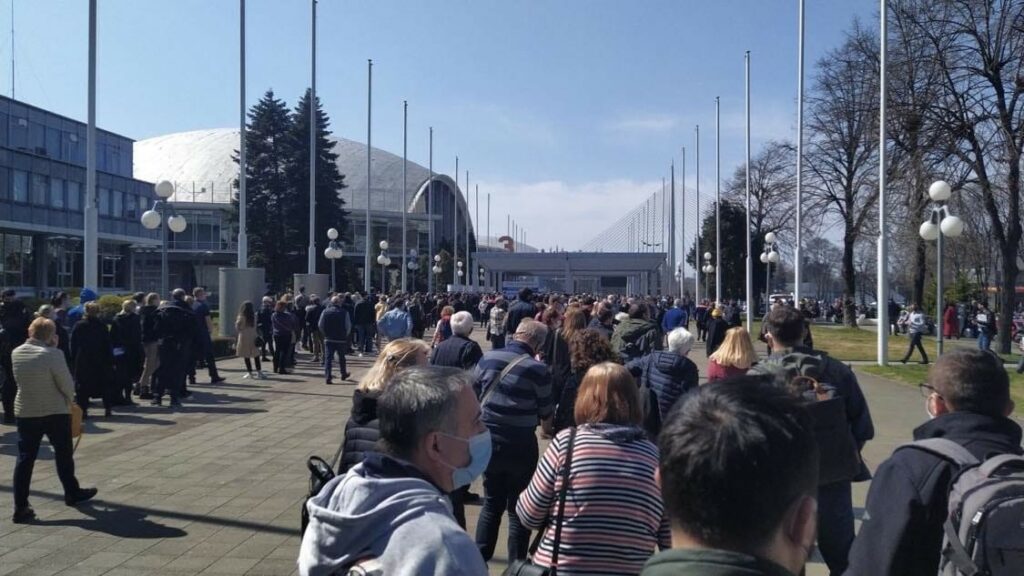
This brings us to the third important reason why Serbia has benefited—the political distribution of vaccines. Although the pandemic is a natural disaster, the response to it, meaning the measures that were taken against it (curfew, lockdown, the Swedish model), and the current model of vaccine procurement and distribution, were all but natural (or generally humane) and primarily exceptionally political. The above-mentioned historical space and Serbia’s limbo position would be of no help to it if the vaccine distribution was not as politicized as it is. In this sense, there is a sharp polarization between the western and eastern vaccines, and this time an Immunological Curtain has fallen over the world. At a moment when the EU is failing to meet its own needs, let alone help the countries outside of the EU through the COVAX program (Serbia has still not gotten a single vaccine from the EU), Serbia has been the ideal testing ground for the soft powers of Beijing and Moscow.[1]
In short, the fact that at this moment Serbia has the highest rate of full vaccination in Europe (per million people) and the second-highest vaccination rate[2] is the result of a complex system where historical processes and political interests are interdependent, and where Serbia has agreed to its current role out of pure interest—that of saving its populace.
All that was discussed here serves to explain why Serbia profited from the current circumstances. This does not mean that the current Serbian leadership—which, however, shows the ability to maneuver and recognize the potential of the current position—has a vision for its further development, or that, within the current setting, has any possibility of choice in terms of conducting a completely independent (non-aligned) international policy.[3]
When it comes to how feasible it is for Serbia to continue with this pace of vaccination, the current prognosis is good. It has been announced that Sinofarm will continue to deliver significant quantities of vaccines throughout the year, as well as that the production of Sputnik V will commence and that Sinofarm will open a factory in Serbia by the end of 2021. Currently, Serbia has a sufficient amount of vaccines to vaccinate the interested population, i.e. those who have so far registered through a special electronic application system (around 1,500,000 citizens have registered so far, which is about 25% of the adult population). Over the last few days, Serbia has reached the peak of interest in vaccination and is now in the position that soon (as another million Sinofarm vaccines are expected to arrive in the coming days) it will have a significant surplus of vaccines, relative to the number of those who want to receive them. Therefore, it will encounter an unusual problem, which no country in Europe – and perhaps in the world – has to face yet: what to do with the surplus of vaccines. One of the solutions presented itself: make the vaccines available to those who want them, but still don’t have the access.
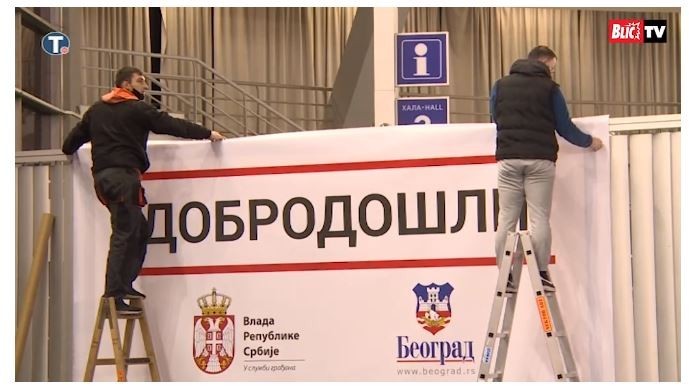
The mistrust in the AstraZeneca vaccine spilled over from Europe to Serbia, leading many Serbian citizens to refuse this vaccine. This is why the Serbian government, rather than let the vaccines go to waste, allowed residents of former Yugoslavia (North Macedonia, Bosnia and Herzegovina, Montenegro) to come to Belgrade and receive the vaccine for free. Although there are clear political motives behind this, it should be said that the move is exceptional, especially in the context of the civil war that was fought 30 years ago in the former Yugoslavia, and the wounds that have not yet healed. The opportunity for Bosnian citizens, who suffered terrible horrors from the Serbian side during the war and who saw Serbia as the enemy, to come to Belgrade for vaccination which will protect their lives, is perhaps a step towards reconciliation in the Balkans.

What will be the political, let alone the economic cost of everything that has been undertaken remains unclear. However, these developments suggest that perhaps the pandemic will lead to some major changes in the geopolitical positioning of Serbia, but also in its role in the Balkans. Either way, it is too soon to tell.
[1] Although official data was not published, we can conclude from media reports that Serbia received 2.6 million vaccines by the beginning of March, of which two million were Sinopharm, 150,000 AstraZeneca, Sputnik close to 300,000, and Pfizer about 150,000. All vaccines were procured through bilateral agreements.
[2] This was the case at the time of writing; currently (end of March 2021), Serbia’s vaccination rate is third in Europe, with 32.94 vaccination doses per 100 population, behind the United Kingdom (46.79) and Malta (36.3), according to data from statista.com.
[3] Serbia is in the process of accessing the EU and is on the waiting list to one day become a member of the EU. Politically and economically, it is much more EU-oriented, which is why the EU’s policy regarding the current crisis is perceived by the political elite as leaving Serbia and other Western Balkan countries in the lurch (no vaccine from the EU has arrived to the countries of the Western Balkans yet).
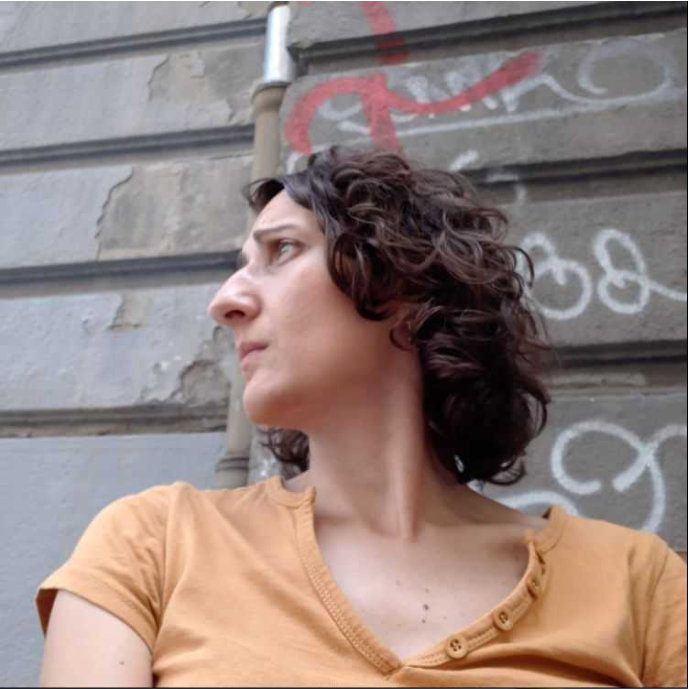
Sanja Radović is a historian from Belgrade, interested in topics of diplomatic history, Yugoslav foreign policy, and the Non-Aligned Movement. She is currently completing her doctoral dissertation on Cold War diplomatic relations between Yugoslavia and China at the Faculty of Philosophy in Belgrade.

